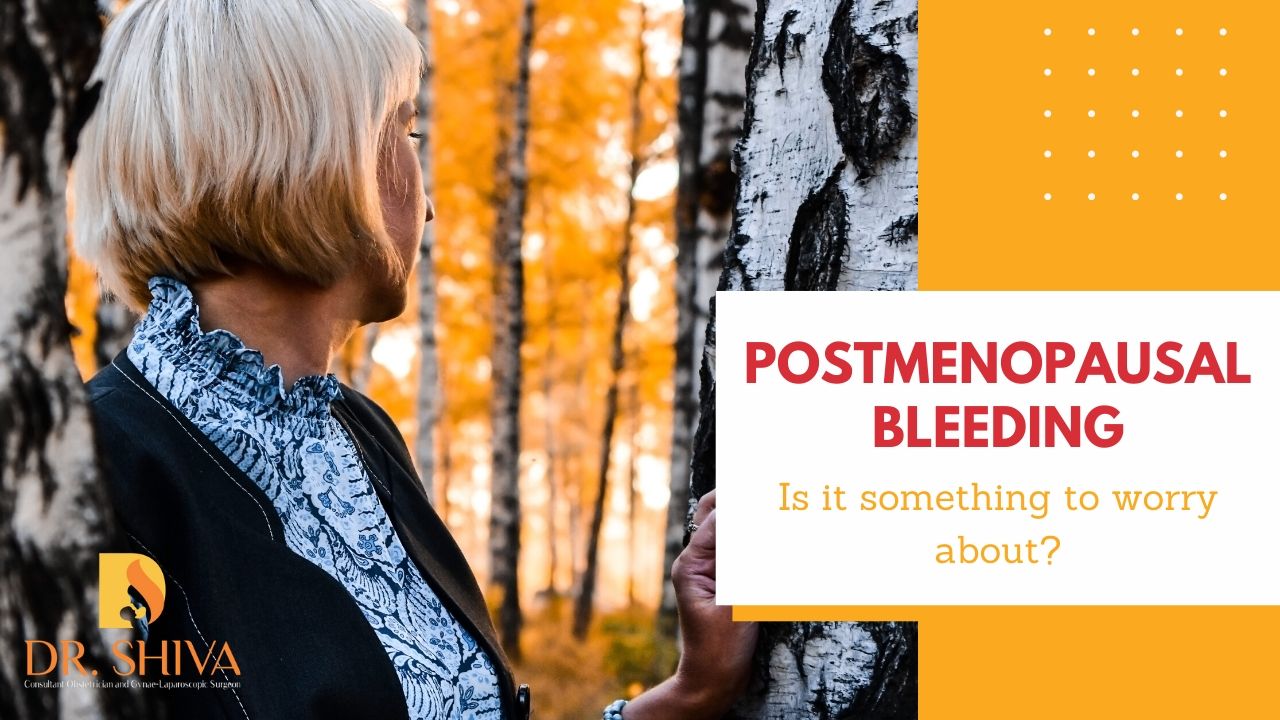
The menopause stage is when you have completed at least one year without having your periods. Postmenopausal bleeding is when you have spotting or start noticing a small amount of blood discharge after you have attained menopause. But for any form of bleeding do meet the doctor to rule out any serious issues or to start treatment for it.
What causes postmenopausal bleeding?
- Polyps – growths inside the uterus or on the cervix but they are not cancerous. They may be the cause of bleeding after sex.
- Endometrial atrophy – After menopause, the hormone levels will go down. Low levels of estrogen can cause thinning or inflammation of the uterine lining.
- Endometrial hyperplasia – Thickening of the uterine lining caused by increased levels of estrogen and reduced levels of progesterone. It is likely to lead to cancer so need to diagnose and treat it soon.
- Vaginal atrophy – Low levels of estrogen can cause thinning, dryness or inflammation of vaginal tissue.
- Cancer but less commonly
- Sexually transmitted diseases – Herpes can cause bleeding. Other diseases include chlamydia and gonorrhea.
- Medications – Bleeding may be a side effect of HRT (hormone replacement therapy) or blood thinners.
How is postmenopausal bleeding diagnosed?
- Transvaginal ultrasound: a device is placed in the vagina which sends sound waves to get an image and help to scan for any problems.
- Endometrial biopsy – a thin tube will be used to take a sample of tissue inside the uterus which will be tested for any infections or cancerous cells.
- Sonohysterography – this is to determine the size of polyps by introducing salt solution inside the uterus to get a clear ultrasound image.
- Hysteroscopy: a thin lighted tube that has a camera is passed via the vagina into the womb to check for any issues and to take a tissue sample.
- D&C (dilation and curettage) – in this procedure doctor opens the cervix to get a sample of uterus lining which will be sent to the lab to identify the issue.
Treatment
The treatment is based on the cause for bleeding.
- Estrogen therapy to treat endometrial and vaginal atrophy. It may be in the form of pills, a vaginal cream to apply internally, a vaginal tablet or vaginal ring. The product will release estrogen in specific doses regularly for a few months.
- Progestin therapy to treat endometrial hyperplasia
- Hysteroscopy to remove polyps.
- Hysterectomy – In this procedure parts or the whole uterus may be removed. If cancer has been identified hysterectomy will be prescribed. Some cases of endometrial hyperplasia may also require this procedure..
- Medications – may have to stop taking the medications or change them.
If you notice any form of bleeding after menopause you need to contact your doctor to identify the issue and treat it. Not all issues may be serious but it is best to confirm the reason for it.
For more details on postmenopausal bleeding, contact us.

